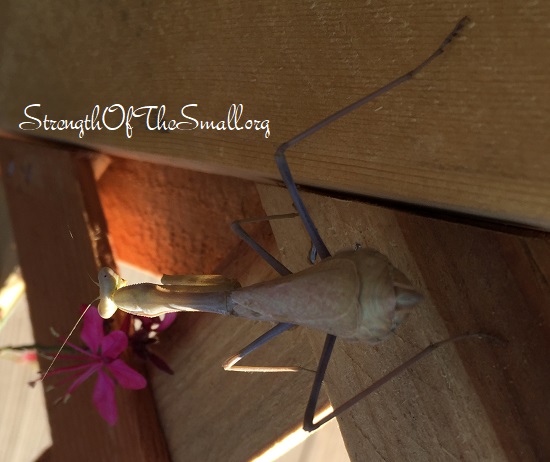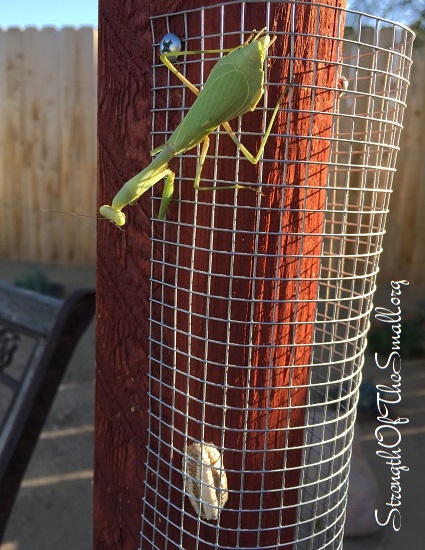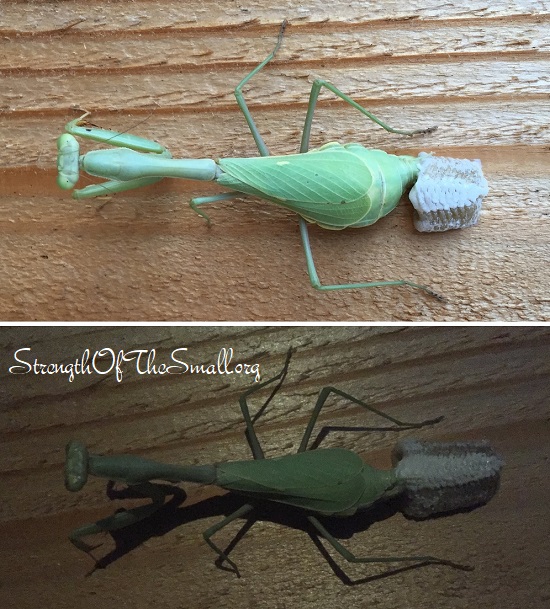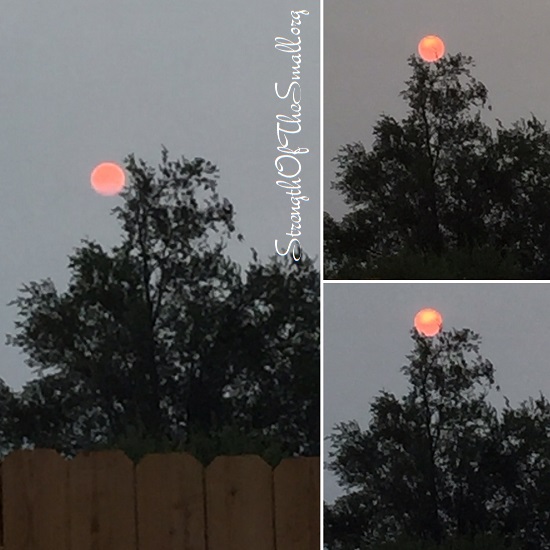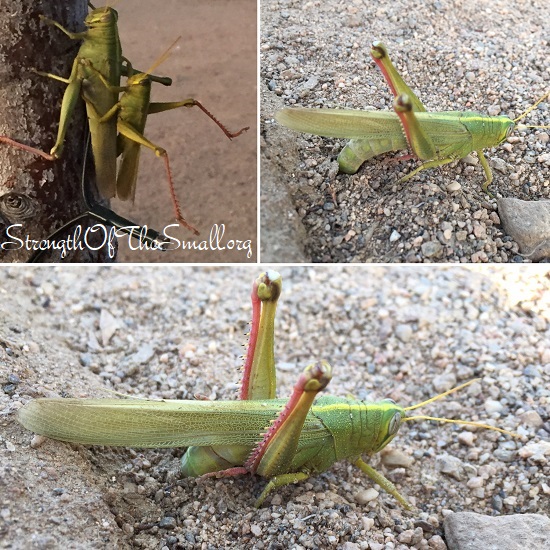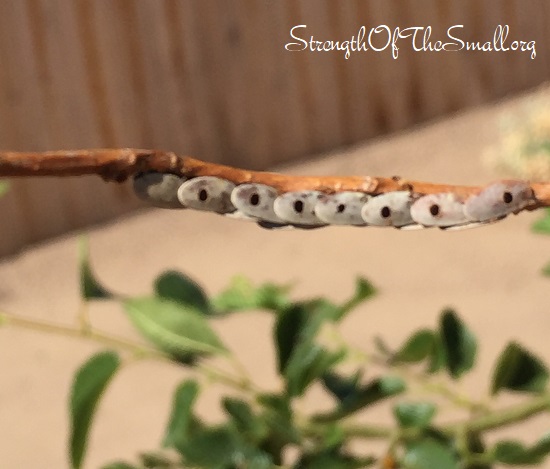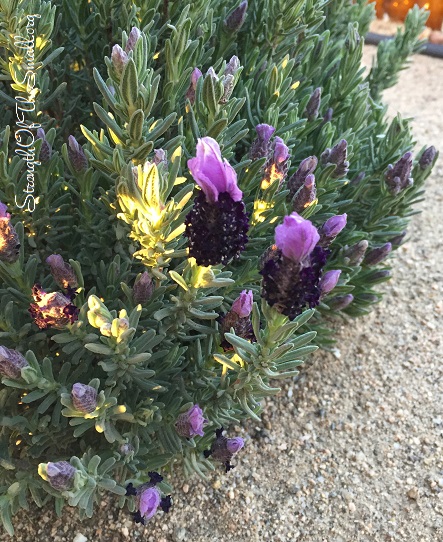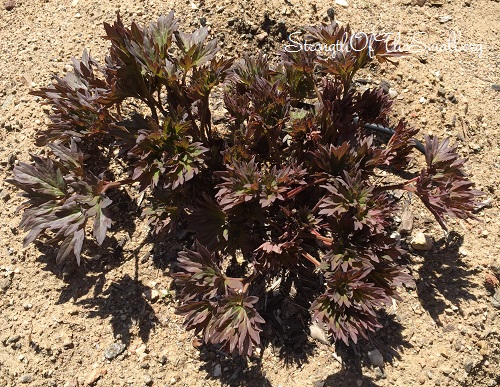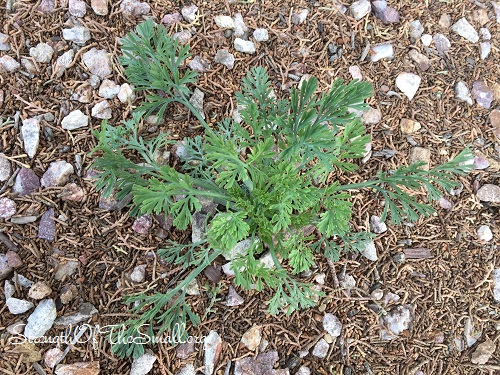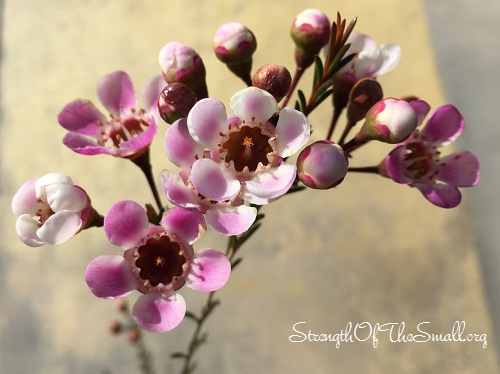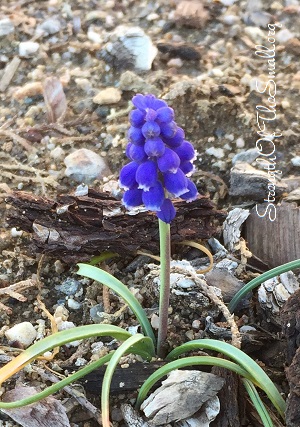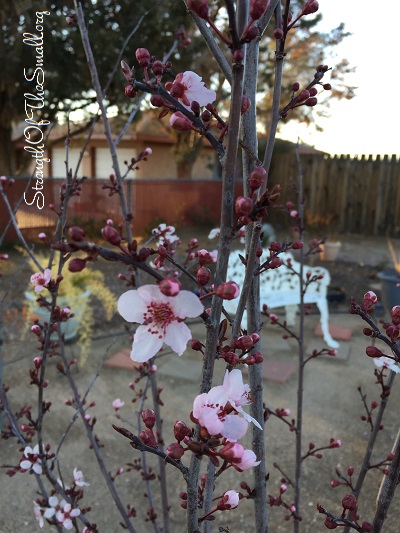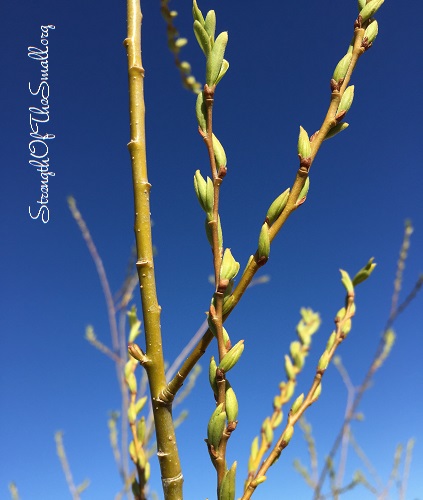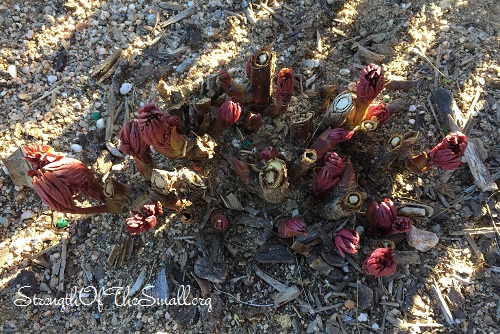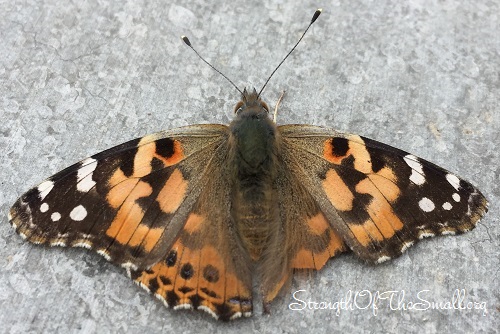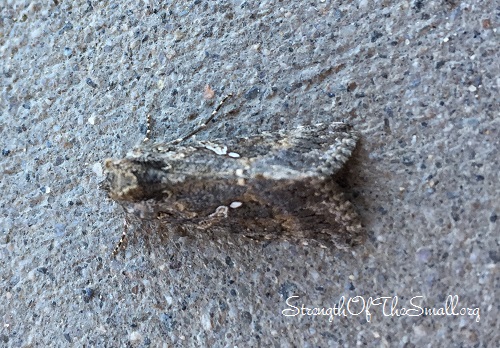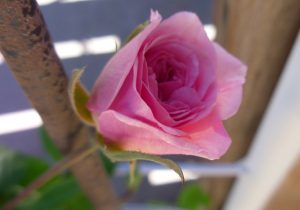I woke up this morning to find my neighbors’ large trampoline hanging halfway into our property, breaking a couple of wood panels as it rested on the top rail. Had the fence not been there, the damage would have been significant. As fun as trampolines can be, they can also pose serious dangers. Please, secure your trampolines to prevent them from blowing away.
We have had very strong winds lately, unlike the previous years. I have always been wary about this trampoline from the moment they moved it to their backyard. It was never secured and it was a little too close to our side. In the front yard, thankfully, only a few branches from their unattended pine trees broke and fell on our side. I guess Nature is finding ways to keep us busy and engaged during quarantine.

Some rain showers at last! Not as much as we would have loved, but enough to revive the plants and keep them hydrated. Early in the week we had our first wave of light snow followed by a mix of rain and snow the following days. I am so grateful it only lasted a day or two and melted in no time.
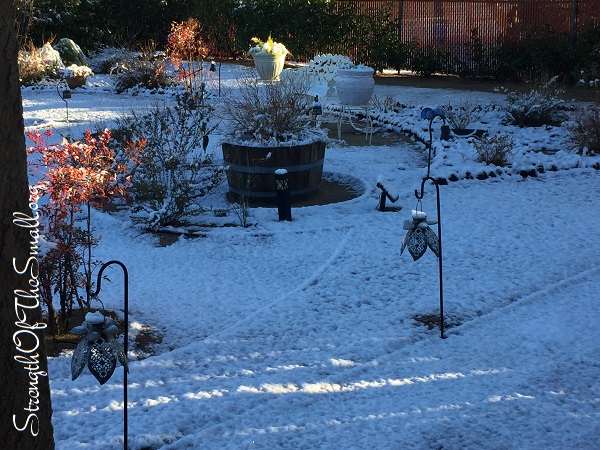
There is nothing new around the garden as most plants are still dormant.
The Gopher plants are doing extremely well, with new growth emerging from the center of the plant. I am so excited and looking forward to see the clusters of chartreuse yellow flowers this Spring.
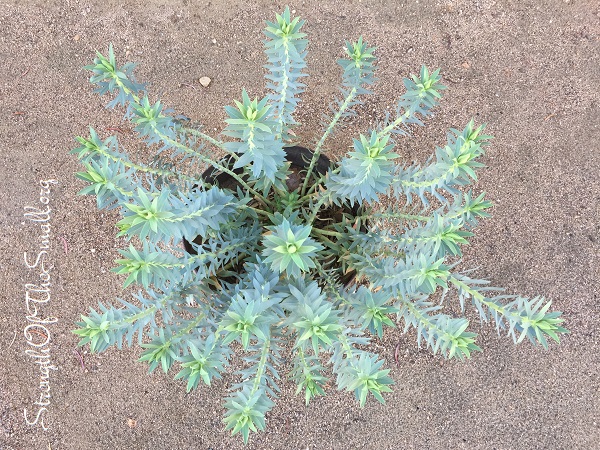
Nandina Nana, also known as Dwarf Heavenly Bamboo is one of my favorite plants for Winter color. A small evergreen dwarf bush with vivid green foliage that turns brilliant red in Fall and persists into the Winter.
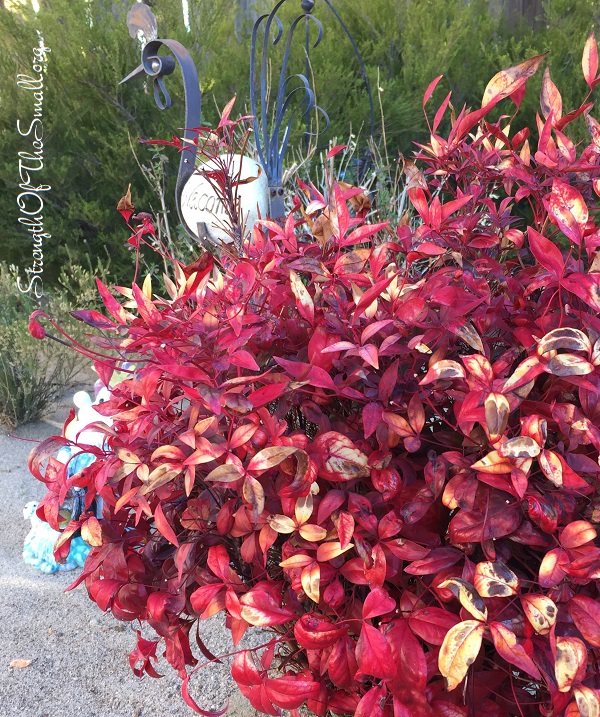
One of the last Yuccas on my property. Yucca is a drought-tolerant plant; however, if constantly watered and properly fertilized, this plant could take over your garden and become a nuisance (if planted straight into the ground). It took us months to completely remove roots and rhizomes from my yard.
I saved a few young plants which I am growing in pots. I have been clipping the tips of the sword-like leaves to prevent injuries. I remove dead leaves from the Yucca and prune it to help the plant stay healthy and give it a beautiful and neat appearance. Next weekend, if the weather permits, I will be cutting back the ornamental grasses.
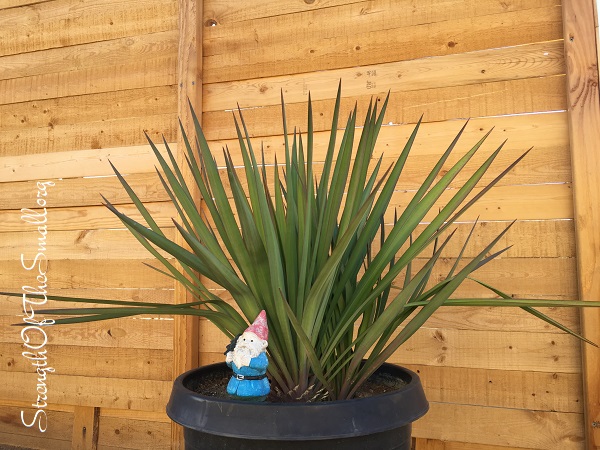
Ground Squirrels in the neighborhood are coming out of hibernation and becoming active. I have destroyed two large holes in the backyard and I am getting the traps ready (the sooner they get caught, the better).
I hope you are all safe and well.
